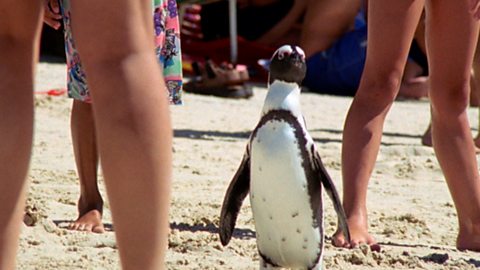Food comes from space!
[Various animals look up in surprise.]
Well, sort of. Pizza doesn't come from Mars, it originally comes from Italy. But if we look at something called a food chain we can see that all the energy animals get from their food originally comes from around 93 million miles away.
Is that possible? Can you guess where that could be? Yes, it's the Sun.
So what happens to the Sun's energy when it reaches Earth? Well, green plants convert the Sun's rays into energy through a process called photosynthesis.
Almost all food chains begin with a green plant. Here in the sea, seaweed and plankton do the job.
A plant that converts the Sun's rays into energy is called a producer. They are the start of a food chain.
Animals get all the energy and nutrients they need to live from eating other plants and animals.
The animals that eat the producers are called primary consumers. These little guys munch down on the plankton like a caterpillar eating grass or leaves.
Animals that eat the primary consumers are secondary consumers.
The primary consumer is prey and the secondary consumer is the predator. But predator can become prey.
This is the strange but amazing frogfish. Nothing else eats frogfish, apart from sometimes other frogfish!
An animal that isn't eaten by anything else is the top predator in a food chain.
So we can see how the energy from the Sun is converted by plants then moves up the food chain to the top predator.
These are some plants and animals you might be more familiar with.
How would they fit into a food chain?
What eats what and where does the energy come from to start with?
You can see how the energy from the Sun moves up through the food chain to the top predator.
The eggs, laid by this Peregrin falcon, are weak and damaged. But what's caused it? Amazingly, it was a pesticide called DDT used around 50 years ago to kill insect pests and protect crops.
But how did this happen? A food chain can show us.
We see pigeons pecking at the soil. We see a Peregrin falcon catching and eating a pigeon.
The DDT was taken in by plants or insects. These were then eaten by birds, who in turn, were eaten by Peregrin falcons, which caused their eggs not to grow properly and have thin shells. So, just like energy, if a poison enters a food chain, it is passed along and has knock-on effects on all the animals up the chain.
What do you think would happen if one plant or animal in a food chain was removed?
If there is nothing to eat a consumer, its population can grow out of control. In many parts of Britain this is happening to the deer population. We don't have wolves in Britain anymore, so the deer have no natural predator higher up the food chain that eats them.
Deer eat woodland shrubs and undergrowth. So if there are too many of them, it can cause a lot of damage to the habitat of other animals like woodland birds. They are also destroying important woodland plants. When one population is out of control, it can effect many others.
Most animals don't just eat one thing.
In any ecosystem there are lots of food chains that all link together. This is called a food web. A food web is all the food chains that make up an ecosystem, from producers to consumers to top predators.
But here's a question. What happens to the energy and minerals in the top predator? Is it the end of the story? Well no. As always, someone is left to tidy up.
In a food chain these are the decomposers.
They consume dead animals, decaying plant material and waste products from other members of the ecosystem and return the nutrients to the soil, which helps the green plants to grow and the whole food chain to begin again – with a little help from 93 million miles away.
Video summary
The energy that all animals get from food begins with the Sun's energy and once it reaches Earth is transferred through food webs and food chains.
In turn each part of the food chain is described starting with the producers, then the primary and secondary consumers, predator and prey.
The frog fish is used as an unusual example of a top predator followed by a graphical representation of a food chain (tree, caterpillar, bird, bird of prey).
Food chains can be disrupted by outside influences such as pesticides and herbicides and for the peregrine falcon this resulted in weak and damaged eggs.
Populations within a food chain can change and the removal of part of the food chain can have a dramatic effect, as with deer in Britain.
Not all animals eat one type of food and lots of food chains join up, which is demonstrated through graphics showing a food web and how this links to an ecosystem.
But how does the story end and what happens to the energy and minerals in the top predator? This is where the decomposers come in!
This clip is from the series Natural world of plants and wildlife.
Teacher Notes
Prior to watching the clip, pupils could be asked where they think food comes from, and why we eat food.
The clip could be paused after the question ‘Could you guess where that could be?’ to prompt discussion before continuing.
Pupils could be given pictures of various organisms and asked to put in order of what eats what.
After the clip the distinction between feeding and energy transfer could be introduced and pupils could be given additional labels such as consumer to try and label their original food chain.
Pupils could then be asked if they can think of examples of food chains based on what they know already.
After the question ‘What do you think would happen if one plant or animal were removed from a food chain?’
The teacher could pause to let the pupils think about and answer the question before continuing.
This clip will be relevant for teaching science at Key Stage 2 and Key Stage 3 in England, Wales and Northern Ireland or Second/Third Level in Scotland.
How animals have adapted. video
A look at a selection of animals, investigating how they have adapted to their environments.
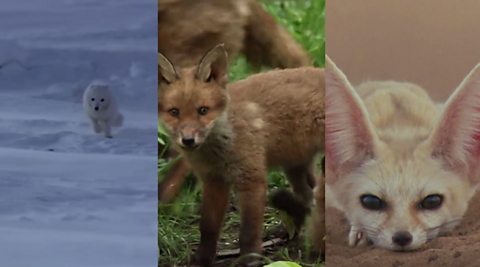
Classification of organisms. video
A look at how fish, reptiles, mammals and birds are classified into groups based on shared characteristics.
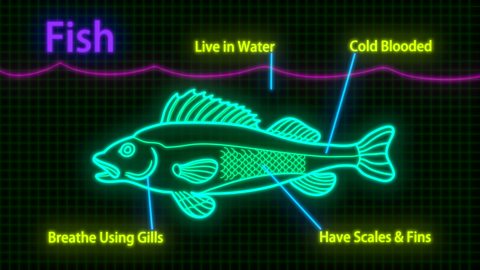
The life cycles of different organisms. video
A look at the life cycles of a range of organisms including a mammal, an amphibian, an insect, a flowering plant, a bird and a human.
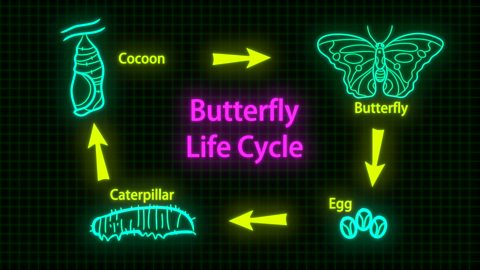
How plants and animals reproduce. video
An investigation into the many different ways animals and plants reproduce.
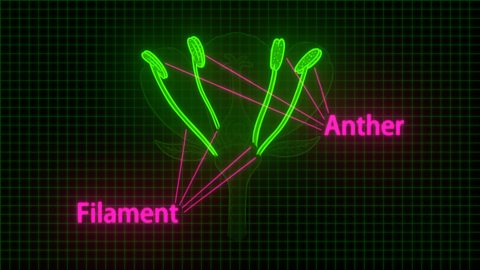
The connections within ecosystems. video
An introduction to the concept of an ecosystem, exploring different types and looking at the connections between the living and non-living components of an ecosystem.
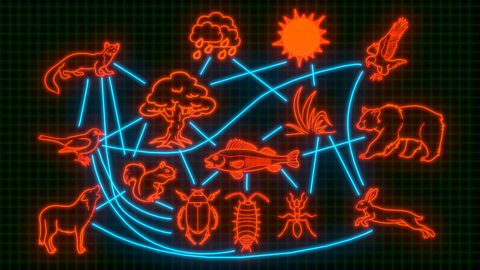
Human impact on the environment. video
A look at the impact of humans on ecosystems and the environment by focusing on the the penguins of Boulders Beach, Simons town, South Africa.
